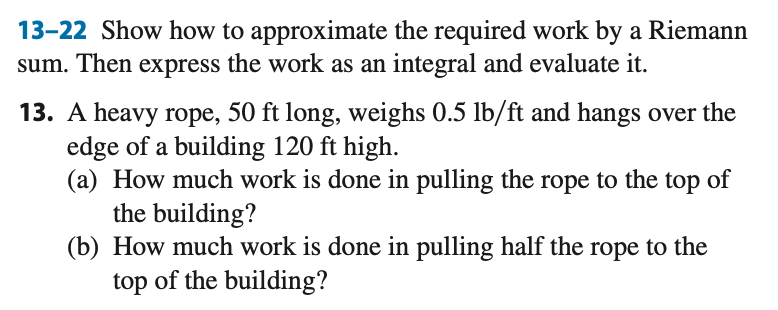A heavy rope, 50 ft long, weighs 0.5 lb/ft and hangs over the edge of a building 120 ft high. (a) How much work is done in pulling the rope to the top of the building? (b) How much work is done in pulling half the rope to the top of the building?
Unitary Method
The word “unitary” comes from the word “unit”, which means a single and complete entity. In this method, we find the value of a unit product from the given number of products, and then we solve for the other number of products.
Speed, Time, and Distance
Imagine you and 3 of your friends are planning to go to the playground at 6 in the evening. Your house is one mile away from the playground and one of your friends named Jim must start at 5 pm to reach the playground by walk. The other two friends are 3 miles away.
Profit and Loss
The amount earned or lost on the sale of one or more items is referred to as the profit or loss on that item.
Units and Measurements
Measurements and comparisons are the foundation of science and engineering. We, therefore, need rules that tell us how things are measured and compared. For these measurements and comparisons, we perform certain experiments, and we will need the experiments to set up the devices.

(a) let's solve this two different ways.
Physics way - pretend weight is concentrated in center of length of rope. Center of mass is 25 feet down. Weight is 0.5 lb/ft*50ft = 25 lb. Center of mass goes up 25 feet.
Work is force times distance in the direction of the force = 25lb*25ft = 625 lbft.
Calculus way - slice rope up into thin disks. One the disk is over the edge it takes no more work to move it (since motion is perpendicular to weight). The lowest disk will travel the furthest, each disk weighs the same, so we pull the weight out of the integral and add up all the little disks times how far they travel. The lowest disk is pulled up 50 feet, the highest disk is pulled up zero feet. So distance varies linearly from zero to fifty and the little thickness is dx. This is x dx. We know how to integrate x dx; we raise the power by one and divide by the new exponent. So:
0.5 lb/ft * integral from 0 to 50 of x dx = 0.5 x^2/2 evaluated at 50 and 0
Work = 1/4*50^2 - 0 = 625 lb ft.
Trending now
This is a popular solution!
Step by step
Solved in 3 steps with 1 images









